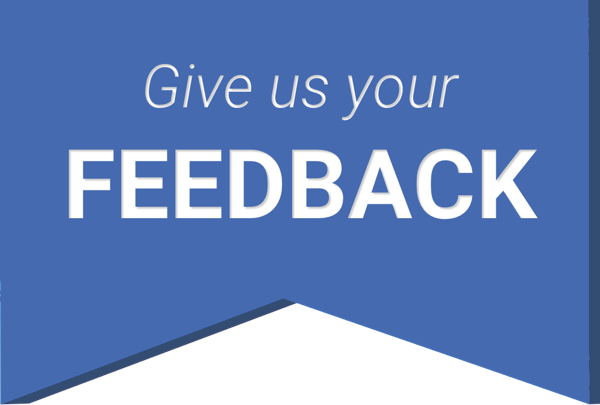VPSA members gathered online on October 9 to hear about ways digital health is making inroads in medical care. VA Associate Chief Medical Information Officers Dr. David Wilton and Dr. Stephen Van Gaal and CI Manager Morgan Chow discussed Team Communication in Cerner, telephone and verbal orders, the patient portal, and documentation and AI scribes.
Role of the VA Provider Digital Health Committee
Dr. Wilton opened the meeting by reminding us that the purpose of the VA Provider Digital Health Committee is to lead and oversee clinical technology solutions that advance quality, safety and integration of services across Vancouver Acute with a primary focus on the patient and provider experience. Nine VPSA physicians representing a cross-section of departments sit on the committee, which reports to VMAC.
Current committee projects include ED resident ordering, Team Communication in Cerner, telephone and verbal orders, and prioritization of provider change requests.
Team Communication & telephone and verbal orders
Ms. Chow led the discussion on these items.
Team Communication is a component of the Provider View in workflow mPages and is commonly used for routine communication in inpatient spaces. The component is intended for non-urgent communication only and aids in asynchronous messaging between members of the interdisciplinary care team. The component consists of two key areas:
- Actions: Routine communication of to-do items and temporary notes
- Situational Awareness and Planning: Routine communication of care coordination, upcoming appointments, scheduled exams and patient preferred information
Team Communication is tentatively scheduled to go live in February 2026. Education and implementation planning are underway.
Regarding telephone and verbal orders, a new regional guideline has been written to provide support for nurses and providers in navigating this area of practice. Discussion centred around the rationale and appropriate use for telephone orders, recognizing that it may not always be possible for providers to perform electronic order entry.
This new decision support tool will be posted to SHOP once finalized, with a goal to publish at the end of October. Education and implementation planning are underway.
Patient Portal, documentation, and AI scribes
Dr. Van Gaal discussed each of these during his presentation.
Patient portals have been on our radar for some time. Key features already available to patients via Health Gateway include labs, diagnostic imaging, encounters and visits. What will be newly available once the portal is up and running include shared documents, appointments, one-way messages, allergies, and procedure history. Dr. Van Gaal emphasized that this added information provides benefits to patients while the impact on physicians is surprisingly small.
When it comes to shared documents, Dr. Van Gaal had several key messages about what to include and what to exclude. LearningHub has a module aimed at medical staff and trainees regarding best practices for key messages. It covers non-releasable information and respectful writing. An updated module will be released soon, but this one is still useful.
Dr. Van Gaal also reviewed the legal aspects of a patient’s right to information. He reminded us that there is an expectation of good faith and that using workarounds to withhold releasable information could result in legal and/or regulatory action.
Surveys of patients and providers indicate that there are many benefits to providing patients with their information and problems are uncommon. Patients rarely contact providers about their notes and unresolved problems are extremely unusual.
Dr. Van Gaal provided a link to a CMPA webpage on Writing with care: Word choice matters in medical records and reports, along with a JMIR medical education paper on Guidelines for Patient-Centered Documentation in the Era of Open Notes: Qualitative Study. He then reviewed some of the key things to know and do to avoid “note bloat.” Medical staff wanting to learn more about note bloat will find this JAMA Network article and this Epic Research article interesting. This National Library of Medicine article may also be helpful.
Turning his attention to AI scribes, Dr. Van Gaal noted that these are not silver bullets and that their use can lead to even greater note bloat. We need to be mindful of their strengths and weaknesses. AI scribe resources are available here.
Looking for more updates?
VPSA summarizes each of the VA Provider Digital Health Committee meetings. Keep your eye on your weekly Checkup e-newsletter for these.
Ideas for other events?
We want to hear from you about ideas for VPSA events and/or workshops. Share your brainwaves with us and we’ll direct your suggestion(s) to the relevant VPSA committee or task group for their consideration and action. Please complete this form. Let’s care, connect and collaborate!




